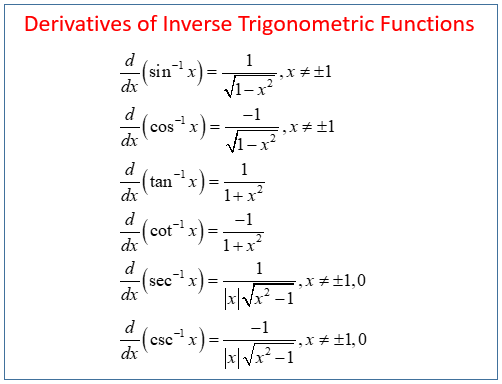

So, we earn 50 cents the first 6 months and another 50 cents in the last half of the year:īut this still isn’t right! Sure, our original dollar (Mr. We earn 100% interest every year, or 50% every 6 months. Let’s zoom in and split the year into two chunks. We don’t need to wait until we earn a complete dollar in interest - fresh money doesn’t need to mature.īased on our old formula, interest growth looks like this:īut again, this isn’t quite right: all the interest appears on the last day. As soon as we earn a penny of interest, that penny can start earning micro-pennies of its own. Money Changes Everythingīut money is different. In the bacteria case, the half-formed green cells still can’t do anything until they are fully grown and separated from their blue parents. He then becomes a mature blue cell and can create new green cells of his own.ĭoes this information change our equation? After 1 unit of time (24 hours in our case), Mr. Green doesn’t just show up: he slowly grows out of Mr. If we zoom in, we see that our bacterial friends split over time: Based on the formula above, growth is punctuated and happens instantly. Our interest earnings magically appear at the 1 year mark. Our bacteria are waiting, waiting, and then boom, they double at the very last minute.

Our formula assumes growth happens in discrete steps. This just means we use our rate of return, (1 + return), “x” times. So the general formula for x periods of return is: Of course, we can substitute any number (50%, 25%, 200%) for 100% and get the growth formula for that new rate.
DERIVATIVE OF LOG E PLUS
It’s the same equation, but we separate 2 into what it really is: the original value (1) plus 100%. Said another way, doubling is 100% growth. With 4 splits we have $2^4 = 16$ times as much. With 1 split we have $2^1$ or 2 times as much. Mathematically, if we have x splits then we get $2^x$ times as much stuff than when we started. Sure, we can triple or quadruple, but doubling is convenient, so hang with me here. Splitting in two or doubling is a very common progression.
Your money doubles every year if you get 100% return (lucky!). We get twice as many noodles when we fold them in half. Bacteria can split and “doubles” every 24 hours. Let's start by looking at a basic system that doubles after an amount of time. e represents the idea that all continually growing systems are scaled versions of a common rate. So e is not an obscure, seemingly random number. Just like every number can be considered a scaled version of 1 (the base unit), every circle can be considered a scaled version of the unit circle (radius 1), and every rate of growth can be considered a scaled version of e (unit growth, perfectly compounded). Even jagged systems that don’t grow smoothly can be approximated by e. e lets you take a simple growth rate (where all change happens at the end of the year) and find the impact of compound, continuous growth, where every nanosecond (or faster) you are growing just a little bit.Į shows up whenever systems grow exponentially and continuously: population, radioactive decay, interest calculations, and more. Pi is important and shows all circles are related, not to mention the trigonometric functions derived from circles (sin, cos, tan).Į is the base rate of growth shared by all continually growing processes. It is a fundamental ratio inherent in all circles and therefore impacts any calculation of circumference, area, volume, and surface area for circles, spheres, cylinders, and so on. Pi is the ratio between circumference and diameter shared by all circles. Sure, it’s true, but you completely missed the point. Here’s a quick video overview of the insights: e is NOT Just a Numberĭescribing e as “a constant approximately 2.71828…” is like calling pi “an irrational number, approximately equal to 3.1415…”. Save your rigorous math book for another time. No more! Today I’m sharing my intuitive, high-level insights about what e is and why it rocks. But this doesn’t help beginners trying to get a handle on a subject (and we were all a beginner at one point). I’m not picking on Wikipedia - many math explanations are dry and formal in their quest for rigor. What’s wrong with everyday words like “complicated”? It’s like a dictionary that defines labyrinthine with Byzantine: it’s correct but not helpful. The natural logarithm, formerly known as the hyperbolic logarithm, is the logarithm to the base e, where e is an irrational constant approximately equal to 2.718281828459. The mathematical constant e is the base of the natural logarithm.Īnd when you look up the natural logarithm you get: Math books and even my beloved Wikipedia describe e using obtuse jargon: 
E has always bothered me - not the letter, but the mathematical constant.







 0 kommentar(er)
0 kommentar(er)
